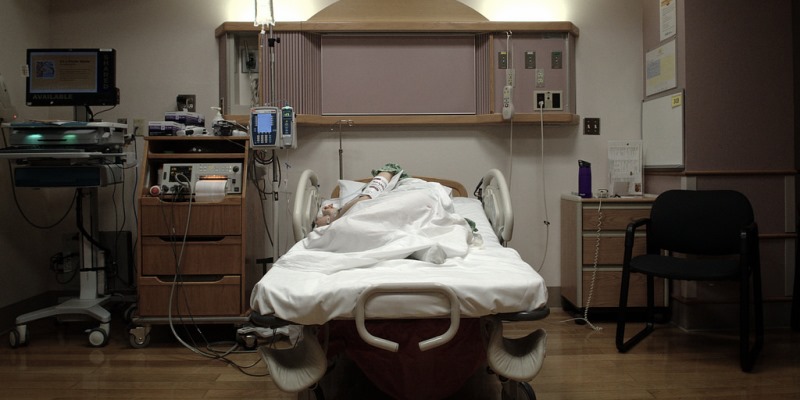Ontarians must consider real health-care reform

Ontarians are less than a month away from choosing their next provincial government and polls suggest the province is looking for change with both the PCs and NDP leading the governing Liberals. Unfortunately none of the three major party platforms include genuine health-care reform, which is badly needed in the province.
Health-care spending by the provincial government, set to reach $61.3 billion next fiscal year, is already the single largest area of spending, consuming 42 per cent of all provincial government program spending.
While all the parties recognize the need for improvement, they’re all simply calling for more spending on health care rather than reform. The governing Liberals, for instance, have called for $822 million in new hospital care and infrastructure spending, $2.1 billion for mental health, and $575 million to expand the province’s prescription drug coverage to seniors.
The NDP has proposed $19 billion (over 10 years) for new hospitals and long-term care, $475 million for pharmacare, and expanding full dental coverage. The Tories have also promised more long-term beds and additional spending on mental health and incentives for doctors to locate in Northern Ontario.
But again, none of the major parties have called for fundamental reforms in how the province delivers, regulates or finances health care. This is unfortunate because while the federal Canada Health Act (CHA) remains an impediment to many proven reforms used in other successful universal health-care countries, there are still meaningful reforms that can be introduced within the guidelines of the CHA.
For example, private provision of publicly-covered health procedures would bring Ontario more in line with other countries that more successfully provide universal health care. On this reform, Saskatchewan offers particularly important lessons. In the late 2000s, there was increasing recognition of the province’s severe wait-times problem. In 2008, for instance, the median wait time (from GP referral to treatment) for Saskatchewanians was 28.8 weeks—the longest in the country.
In response, the government launched the Saskatchewan Surgical Initiative (SSI) in 2010 with the specific goal of reducing the wait time to no more than three months by 2014. The SSI included a number of bureaucratic changes including collaborative decision-making between different health providers and a greater focus on patient interests (as opposed to provider interests).
Most critically, however, the SSI included the contracting out of select day surgeries to private for-profit clinics to help expand supply. The government recognized that many OECD countries with universal health care accept the use of private clinics, including for-profits, and contrary to popular belief, the practice does not violate the CHA.
Strict guidelines were introduced for providers that included prohibiting any additional billing to patients. Over the three-year period, Saskatchewan went from having one of the longest wait times (from GP referral to treatment), on average, to one of the shortest by 2014. The government’s own wait-time data indicated a decline of 75 per cent in the number of patients waiting three months or longer for surgery.
The use of private, for-profit clinics also resulted in a decline in costs per procedure. A study reviewing the SSI by Janice MacKinnon, former Saskatchewan NDP minister of finance, cited work showing that, on average, private clinics in the province delivered procedures at 26 per cent lower costs than public-sector comparables.
As Ontarians prepare to decide who will govern the province for the next four years, it’s timely to consider the need for fundamental reforms in health care. Saskatchewan offers practical, real-world lessons on the benefits of private provision, which include lower wait times and costs in accordance with the Canada Health Act.


